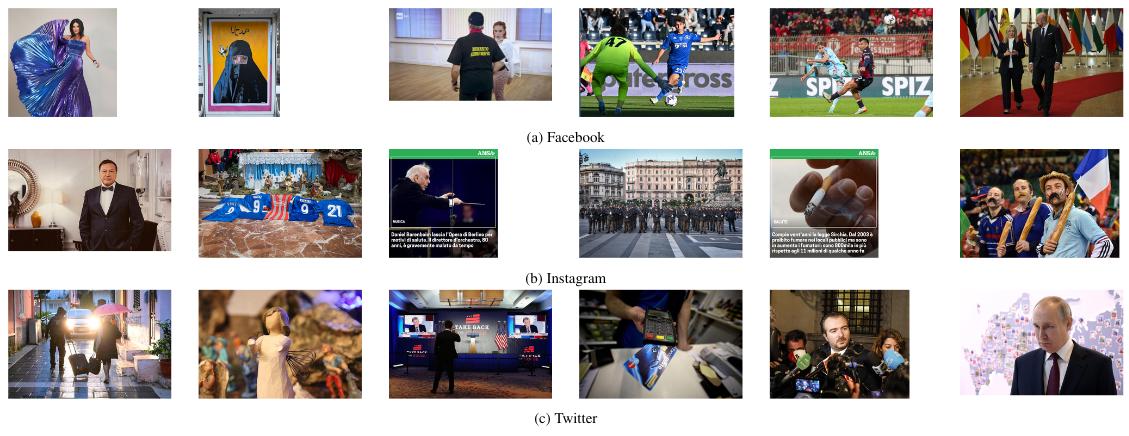Uncovering the authorship: Linking media content to social user profiles

Abstract
The extensive spread of fake news on social networks is carried out by a diverse range of users, encompassing private individuals, newspapers, and organizations.
With widely accessible image and video editing tools, malicious users can easily create manipulated media. They can then distribute this content through multiple fake profiles, aiming to maximize its social impact. To tackle this problem effectively, it is crucial to possess the ability to analyze shared media to identify the originators of fake news. To this end, multimedia forensics research has advanced tools that examine traces in media, revealing valuable insights into its origins. While combining these tools has proven to be highly efficient in creating profiles of image and video creators, it is important to note that most of these tools are not specifically designed to function effectively in the complex environment of content exchange on social networks.
In this paper, we introduce the problem of establishing associations between images and their source profiles as a means to tackle the spread of disinformation on social platforms. To this end, we assembled SocialNews, an extensive image dataset comprising more than 12,000 images sourced from 21 user profiles across Facebook, Instagram, and Twitter, and we propose three increasingly realistic and challenging experimental scenarios. We present two simple yet effective techniques as benchmarks, one based on statistical analysis of Discrete Cosine Transform (DCT) coefficients and one employing a neural network model based on ResNet, and we compare their performance against the state of the art. Experimental results show that the proposed approaches exhibit superior performance in accurately classifying the originating user profiles.
BibTeX
@article{baracchi2024uncovering,
title={Uncovering the authorship: Linking media content to social user profiles},
author={Baracchi, Daniele and Shullani, Dasara and Iuliani, Massimo and Giani, Damiano and Piva, Alessandro},
journal={Pattern Recognition Letters},
volume={181},
pages={9--15},
year={2024},
publisher={Elsevier},
doi={10.1016/j.patrec.2024.03.008}
}
Acknowledgments
This work was supported in part by the Italian Ministry of Universities and Research (MUR) under Grant 2017Z595XS, and in part by the Defense Advanced Research Projects Agency (DARPA) under Agreement No. HR00112090136. The U.S. Government is authorized to reproduce and distribute reprints for Governmental purposes notwithstanding any copyright notation thereon. The views and conclusions contained herein are those of the authors and should not be interpreted as necessarily representing the official policies or endorsements, either expressed or implied, of the Defense Advanced Research Projects Agency or the U.S. Government.
The authors would also like to thank Chiara Camerota for her advice on the statistical tests employed in this paper.